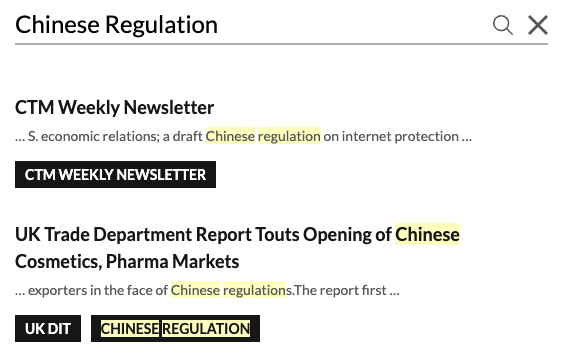There were two developments last week in the Canadian Senate related to imports of goods made with forced labor, with China specifically mentioned in both instances: (1) Amending existing law and (2) changing how the current law is implemented.
First, Canadian Senator Leo Housakos of the opposition Conservative party introduced a bill (S.204) to amend the Customs Tariff so as to prohibit the importation of goods manufactured in the Xinjiang Uyghur Autonomous Region of China. The text of the bill is short and straightforward:
Despite anything in this Act, the importation of goods manufactured or produced wholly or in part in the Xinjiang Uyghur Autonomous Region of the People’s Republic of China is prohibited.
It would come into force on the first anniversary of the day on which it receives royal assent.
The Toronto Globe and Mail reported that Housakos was frustrated that the Canadian government has done little to intercept goods made with forced labor from China: “In a year and a half, they’ve only confiscated one container,” he said. The Globe & Mail noted that Housakos said his proposed geographic ban "would make the job easier for border agency officials, who must screen millions of products each year."
Second, the issue of how existing law was being applied to imports of goods made with forced labor, which Housakos had complained about, was raised in a question from Senator Julie Miville-Dechêne to the Trudeau government's representative in the Senate. The question focused on the standard of proof for determining when goods have been made using forced labor:
Senator Gold, the November 15 edition of The Globe and Mail reported that the Canadian government had intercepted a shipment of clothing from China for the first time since the Canada-United States-Mexico Agreement, or CUSMA, was signed 15 months ago. There were suspicions that the shipment contained goods produced using forced labour. Canadian authorities did not disclose the date of the seizure or the company that was importing the goods. Meanwhile, U.S. authorities have made several seizures and published the dates and names of the companies involved. Why the difference between the two countries? One factor is that in order to stop a shipment, the U.S. requires information that reasonably, but not conclusively, indicates the presence of forced labour, while Canada requires legally sufficient and defensible evidence. This high standard of proof makes intervention very difficult. We even run the risk of becoming a top destination for these suspicious shipments.
Why does Canada have a standard of proof that makes it almost impossible to seize goods produced by forced labour?
Senator Gold, the Trudeau government's representative in the Senate, replied as follows:
Thank you for your question and for raising this very important and troubling issue. Every country has the right to choose how to implement its international legal obligations, as Canada has done. The Government of Canada is committed to upholding human rights and international labour standards, and it is actively working to implement the ban on forced labour. I have been informed that officials at Employment and Social Development Canada are actively working with CBSA officials to monitor and search for evidence related to problematic supply chains. As for why Canada has chosen such a high burden of proof, if I can put it that way, I’ll have to look into that question and try to get an answer.

